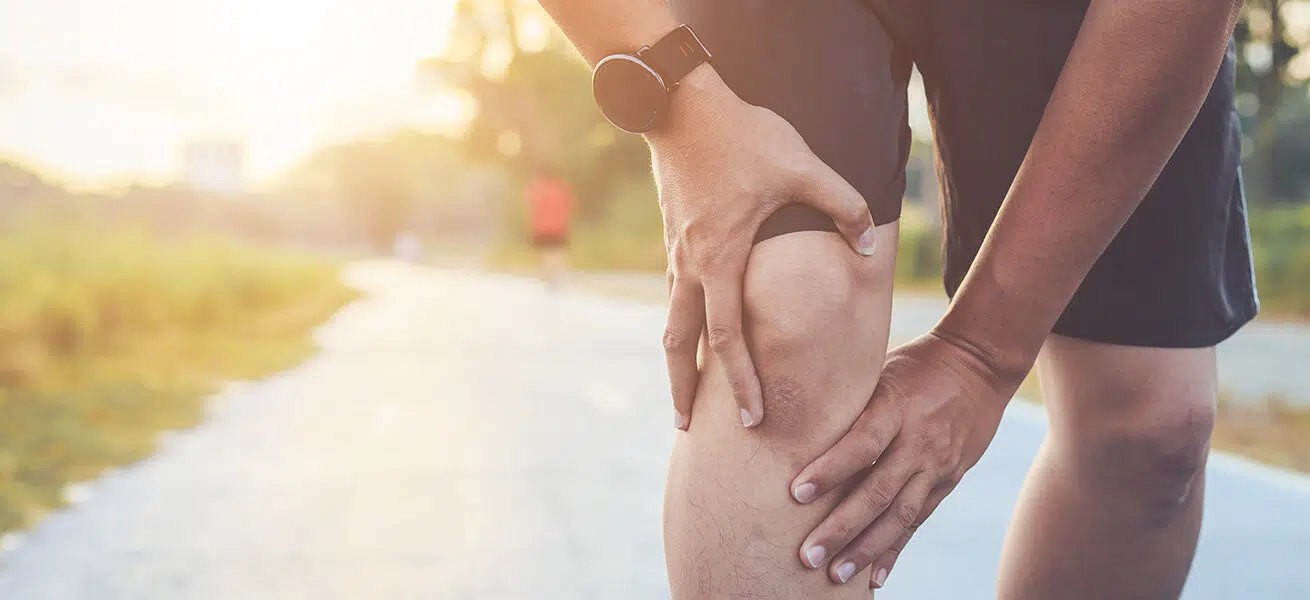Knee injuries more common in women
Why knee injuries are more common in women
Excessive speed is not the main problem when it comes to knee injuries while skiing. Munich orthopedist Peter Diehl used to be a ski instructor himself and can pinpoint the factors that lead to a knee injury. If, for example, falls happen from a standing position or at low speed, the binding of the skis does not open and large leverage forces act on the knee joint. From this point of view, a fall from a brisk ride often goes off more smoothly because the binding comes undone.
Leg posture plays another big role in injuries. Due to anatomy, knock knees are more common in women, while men tend to have bow legs. During a fall on skis, the whole body is turned over the knee because the feet are firmly connected to the ski. Thus, the knee joint also twists and injuries to the cruciate and medial ligaments occur, and the meniscus is also frequently affected. It may even result in damage to parts of the bone.
Skiing injuries are on the rise as more people hit the slopes, even the inexperienced reach great speeds on carving skis, and the hard artificial snow also promotes injuries.
Snowboarding, on the other hand, is more likely to cause injuries to the hand, wrist and shoulder. Knee injuries are most often caused by falls while riding the lift or by tilting when getting off the lift. When cross-country skiing you are much less at risk of injury, here it can at most become problematic if in the event of a fall the hands are not freed from the poles in time. Then there are injuries to the fingers.
Almost half of all female knee injuries
If we look at the figures of the ski accident evaluation center, we find that almost half of all injuries to women (43.3%) are knee injuries. This is followed by injuries to the hip and thigh (11.5%), and shoulder and head (10.6%). In men, knee injuries account for 26.6%, followed by shoulder (22.9%), trunk (12.1%), and head (11.3%).
How to prevent injuries?
If you’re hurtling down a steep slope with untrained muscles, you run a high risk of injury. Endurance training such as jogging, walking or cycling should therefore begin 8 weeks before the ski season. With the “downhill squat” the muscles are trained, this should be practiced 3 times a week for 15 to 20 minutes. To do this, stand hip-width apart and bend your knees. The angle of the knees should be 90 °, shoulder, elbow, knee and thigh should be as close as possible. Strain the soles of the feet until the thighs burn (10 to 40 seconds). Leaning against a wall in a sitting position for as long as you can serves a similar purpose.
What to do in case of an accident?
Similar to the road, it is important to secure the accident site so that no other skiers come to harm. This works best if you put your skis crossed in the snow above the accident site. Similar to a “warning triangle”, you can hang a highly visible piece of clothing over your skis.
If you are able to descend by yourself without terrible pain, you may do so. If the intervention of the mountain rescue is necessary, the first aider should stay with the injured person until they arrive.
For ski accidents, the same first aid measures apply as always: check that the person is responsive, check breathing and pulse. If necessary, begin resuscitation efforts. If the casualty states that he cannot move or feel his fingers or toes, do not move him from the spot, as there may be a spinal injury.
If there is a collision with another skier, the personal data must be exchanged. Even if everything seems fine at first, problems can still arise later that require medical treatment and insurance claims.






